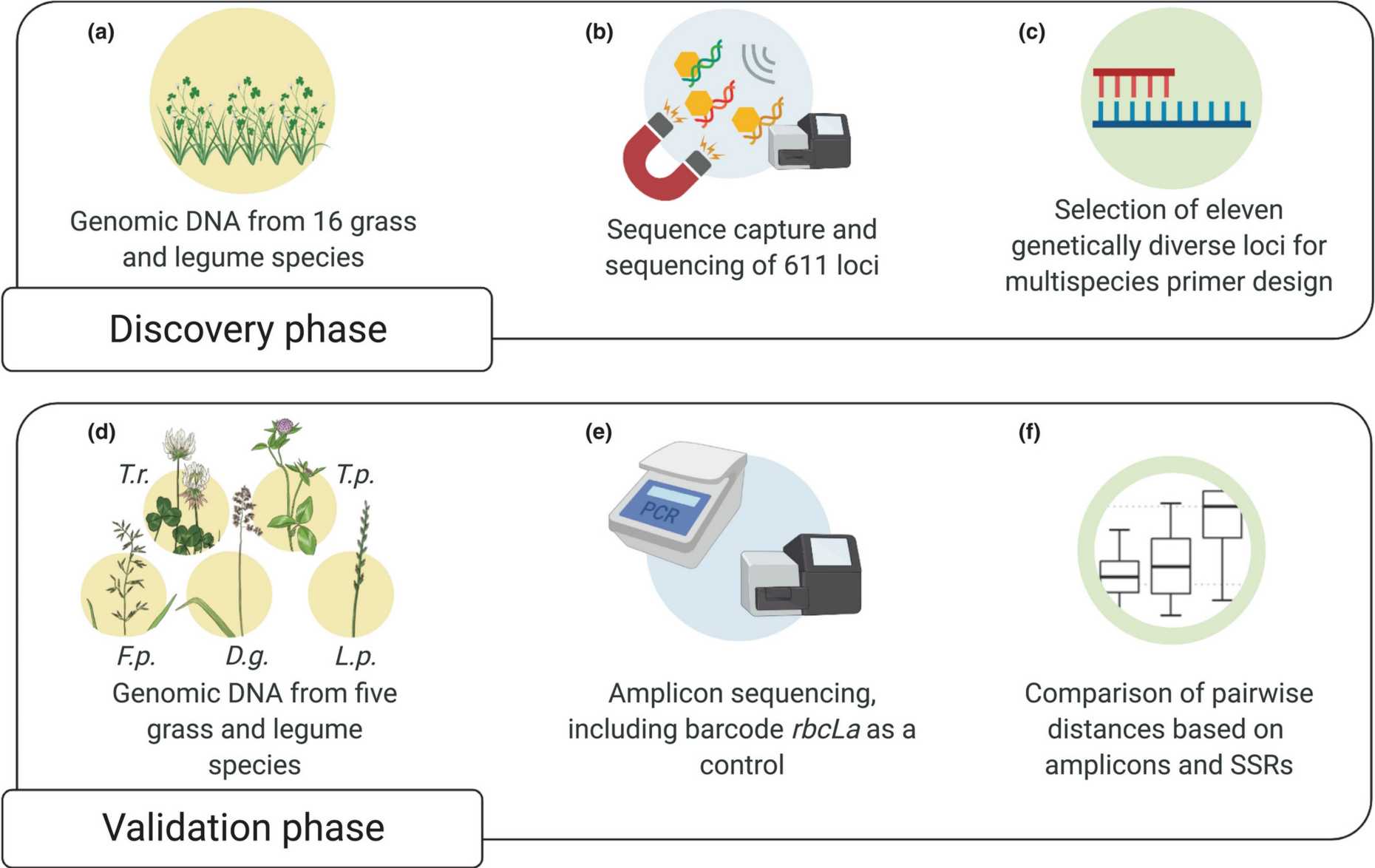A multispecies amplicon sequencing approach for genetic diversity assessments in grassland plant species
- D-USYS
- Institute of Agricultural Sciences
Grasslands are widespread and relevant ecosystems at the basis of sustainable roughage production. Plant genetic diversity (PGD; i.e., within-species diversity) is related to many beneficial effects on the ecosystem functioning of grasslands. In their recently published paper, Miguel Loera-Sánchez, Bruno Studer and Roland Kölliker report a set of 12 multispecies primer pairs that can be used for high-throughput PGD assessments in multiple grassland plant species.
The tools presented in this study provide the basis for cost-effective, multispecies genetic diversity assessments in grassland plants and constitute a promising starting point for further improvements and adaptations. As awareness increases around the ecological significance of plant genetic diversity and as widespread monitoring of genetic diversity gains traction, such multispecies approaches valuably complement the tools for genetic diversity monitoring efforts.
Read the full article external page here.
Reference
Loera-Sánchez, M., Studer, B., & Kölliker, R. (2021). A multispecies amplicon sequencing approach for genetic diversity assessments in grassland plant species. Molecular Ecology Resources, 00, 1– 21. external page https://doi.org/10.1111/1755-0998.13577
